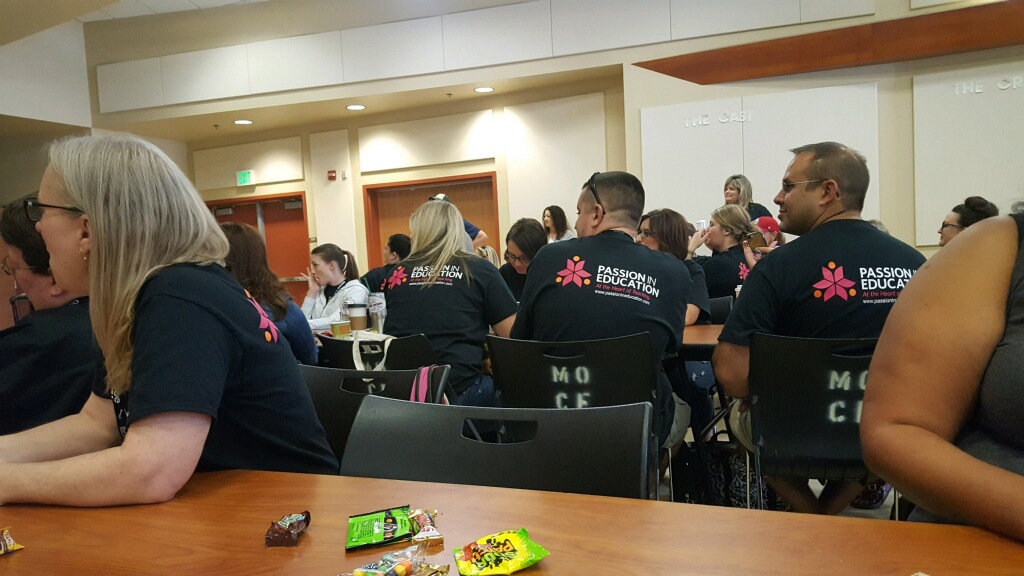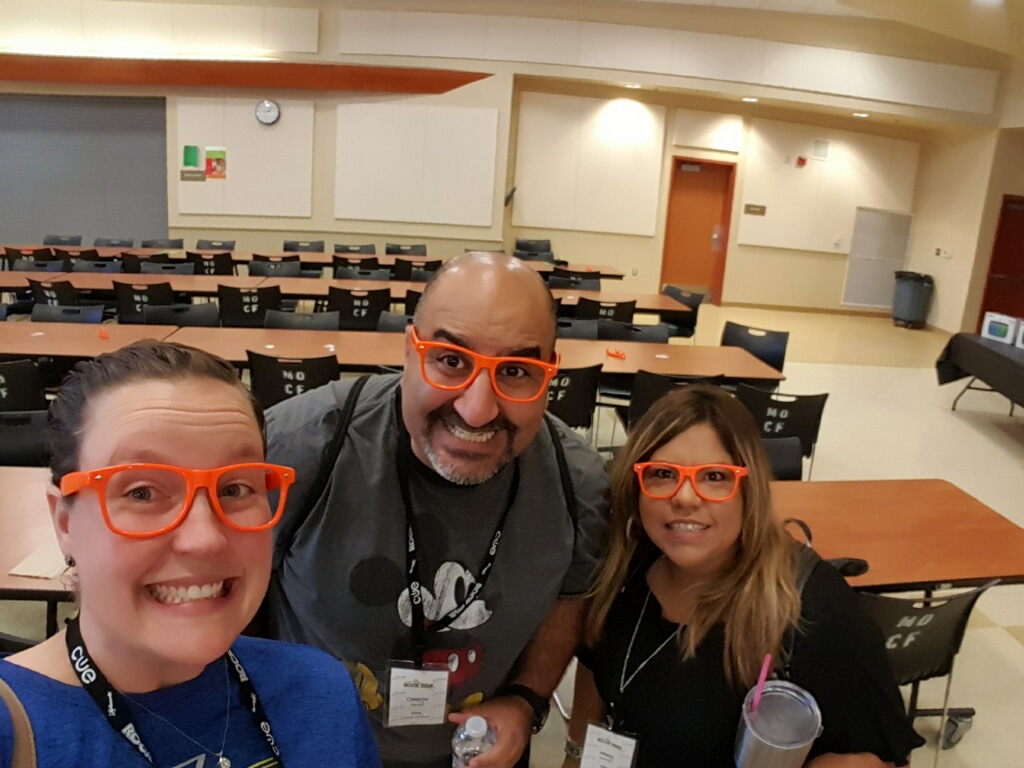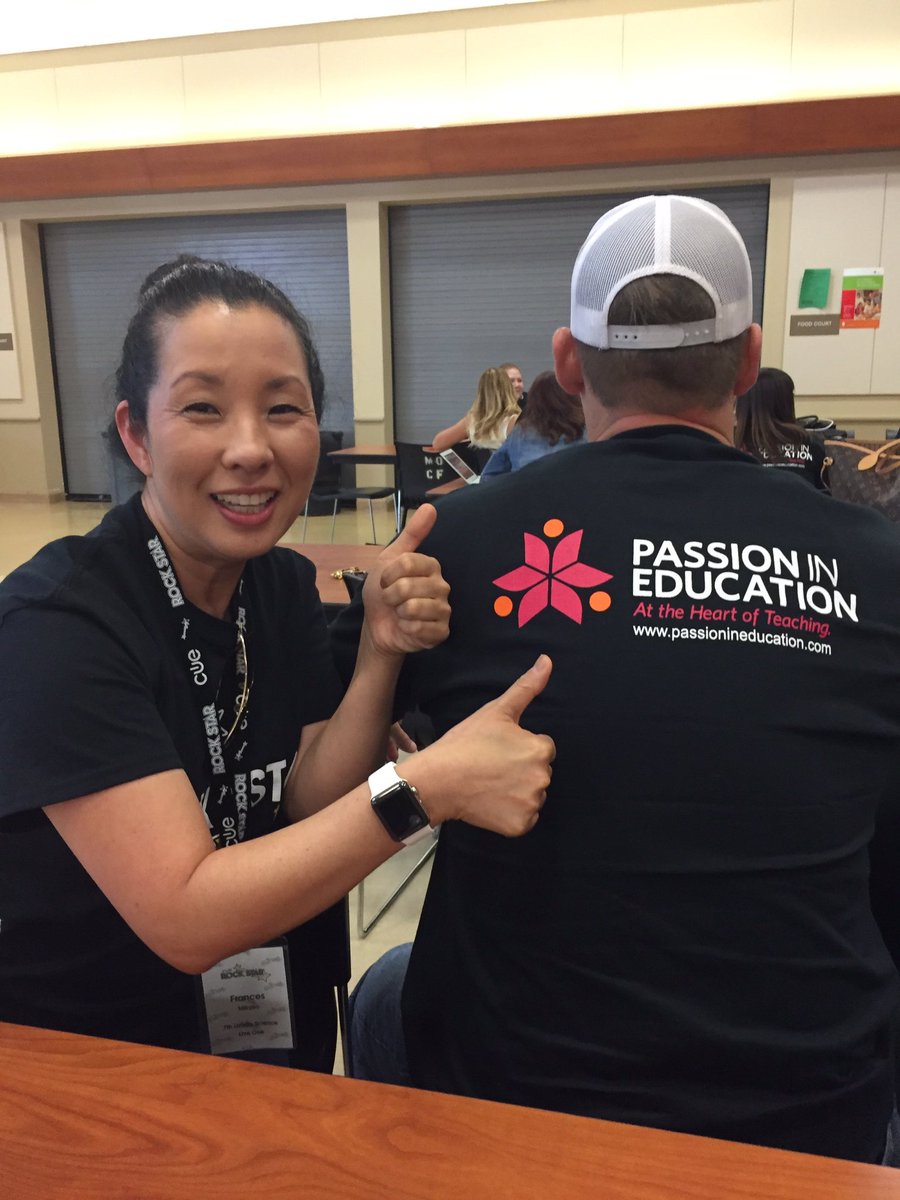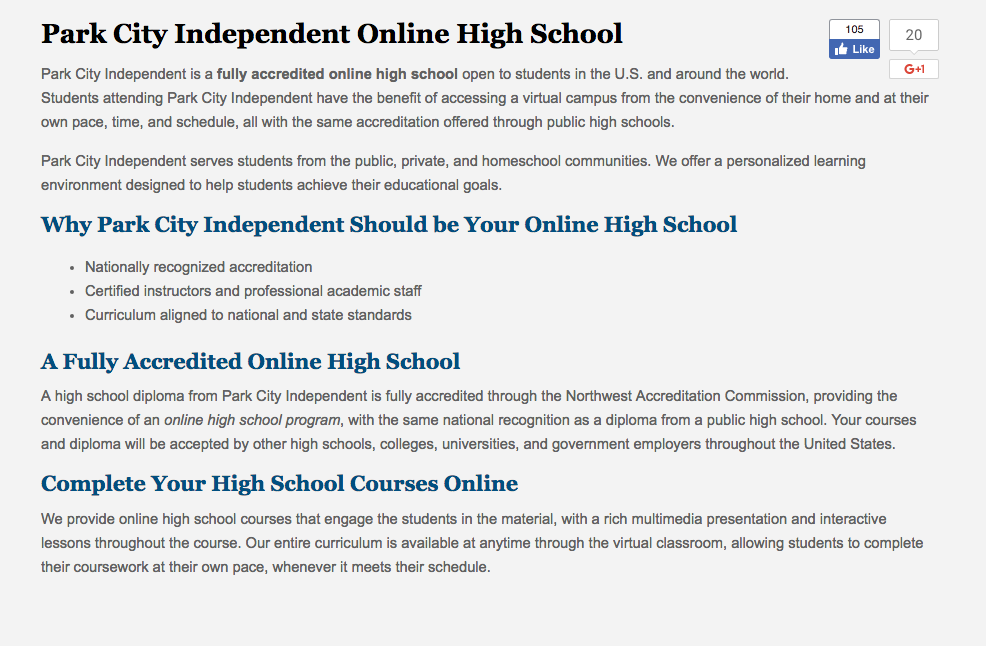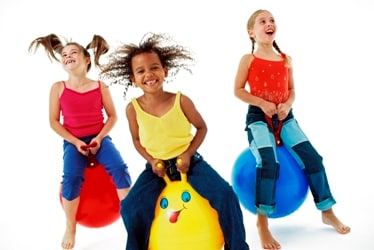The country’s achievements in education have other nations, especially the United States, doing their homework.
/https://public-media.smithsonianmag.com/filer/cd/ee/cdee1c82-f8e3-4de4-983e-8599d4485745/finland-smiles-wr.jpg)
It was the end of term at Kirkkojarvi Comprehensive School in Espoo, a sprawling suburb west of Helsinki, when Kari Louhivuori, a veteran teacher and the school’s principal, decided to try something extreme—by Finnish standards. One of his sixth-grade students, a Kosovo-Albanian boy, had drifted far off the learning grid, resisting his teacher’s best efforts. The school’s team of special educators—including a social worker, a nurse and a psychologist—convinced Louhivuori that laziness was not to blame. So he decided to hold the boy back a year, a measure so rare in Finland it’s practically obsolete.
Finland has vastly improved in reading, math and science literacy over the past decade in large part because its teachers are trusted to do whatever it takes to turn young lives around. This 13-year-old, Besart Kabashi, received something akin to royal tutoring.
“I took Besart on that year as my private student,” Louhivuori told me in his office, which boasted a Beatles “Yellow Submarine” poster on the wall and an electric guitar in the closet. When Besart was not studying science, geography and math, he was parked next to Louhivuori’s desk at the front of his class of 9- and 10-year- olds, cracking open books from a tall stack, slowly reading one, then another, then devouring them by the dozens. By the end of the year, the son of Kosovo war refugees had conquered his adopted country’s vowel-rich language and arrived at the realization that he could, in fact, learn.
Years later, a 20-year-old Besart showed up at Kirkkojarvi’s Christmas party with a bottle of Cognac and a big grin. “You helped me,” he told his former teacher. Besart had opened his own car repair firm and a cleaning company. “No big fuss,” Louhivuori told me. “This is what we do every day, prepare kids for life.”
This tale of a single rescued child hints at some of the reasons for the tiny Nordic nation’s staggering record of education success, a phenomenon that has inspired, baffled and even irked many of America’s parents and educators. Finnish schooling became an unlikely hot topic after the 2010 documentary film Waiting for “Superman” contrasted it with America’s troubled public schools.
“Whatever it takes” is an attitude that drives not just Kirkkojarvi’s 30 teachers, but most of Finland’s 62,000 educators in 3,500 schools from Lapland to Turku—professionals selected from the top 10 percent of the nation’s graduates to earn a required master’s degree in education. Many schools are small enough so that teachers know every student. If one method fails, teachers consult with colleagues to try something else. They seem to relish the challenges. Nearly 30 percent of Finland’s children receive some kind of special help during their first nine years of school. The school where Louhivuori teaches served 240 first through ninth graders last year; and in contrast with Finland’s reputation for ethnic homogeneity, more than half of its 150 elementary-level students are immigrants—from Somalia, Iraq, Russia, Bangladesh, Estonia and Ethiopia, among other nations. “Children from wealthy families with lots of education can be taught by stupid teachers,” Louhivuori said, smiling. “We try to catch the weak students. It’s deep in our thinking.”
The transformation of the Finns’ education system began some 40 years ago as the key propellent of the country’s economic recovery plan. Educators had little idea it was so successful until 2000, when the first results from the Programme for International Student Assessment (PISA), a standardized test given to 15-year-olds in more than 40 global venues, revealed Finnish youth to be the best young readers in the world. Three years later, they led in math. By 2006, Finland was first out of 57 countries (and a few cities) in science. In the 2009 PISA scores released last year, the nation came in second in science, third in reading and sixth in math among nearly half a million students worldwide. “I’m still surprised,” said Arjariita Heikkinen, principal of a Helsinki comprehensive school. “I didn’t realize we were that good.”
In the United States, which has muddled along in the middle for the past decade, government officials have attempted to introduce marketplace competition into public schools. In recent years, a group of Wall Street financiers and philanthropists such as Bill Gates have put money behind private-sector ideas, such as vouchers, data-driven curriculum and charter schools, which have doubled in number in the past decade. President Obama, too, has apparently bet on competition. His Race to the Top initiative invites states to compete for federal dollars using tests and other methods to measure teachers, a philosophy that would not fly in Finland. “I think, in fact, teachers would tear off their shirts,” said Timo Heikkinen, a Helsinki principal with 24 years of teaching experience. “If you only measure the statistics, you miss the human aspect.”
There are no mandated standardized tests in Finland, apart from one exam at the end of students’ senior year in high school. There are no rankings, no comparisons or competition between students, schools or regions. Finland’s schools are publicly funded. The people in the government agencies running them, from national officials to local authorities, are educators, not business people, military leaders or career politicians. Every school has the same national goals and draws from the same pool of university-trained educators. The result is that a Finnish child has a good shot at getting the same quality education no matter whether he or she lives in a rural village or a university town. The differences between weakest and strongest students are the smallest in the world, according to the most recent survey by the Organization for Economic Co-operation and Development (OECD). “Equality is the most important word in Finnish education. All political parties on the right and left agree on this,” said Olli Luukkainen, president of Finland’s powerful teachers union.
Ninety-three percent of Finns graduate from academic or vocational high schools, 17.5 percentage points higher than the United States, and 66 percent go on to higher education, the highest rate in the European Union. Yet Finland spends about 30 percent less per student than the United States.
Still, there is a distinct absence of chest-thumping among the famously reticent Finns. They are eager to celebrate their recent world hockey championship, but PISA scores, not so much. “We prepare children to learn how to learn, not how to take a test,” said Pasi Sahlberg, a former math and physics teacher who is now in Finland’s Ministry of Education and Culture. “We are not much interested in PISA. It’s not what we are about.”
Maija Rintola stood before her chattering class of twenty-three 7- and 8-year-olds one late April day in Kirkkojarven Koulu. A tangle of multicolored threads topped her copper hair like a painted wig. The 20-year teacher was trying out her look for Vappu, the day teachers and children come to school in riotous costumes to celebrate May Day. The morning sun poured through the slate and lemon linen shades onto containers of Easter grass growing on the wooden sills. Rintola smiled and held up her open hand at a slant—her time-tested “silent giraffe,” which signaled the kids to be quiet. Little hats, coats, shoes stowed in their cubbies, the children wiggled next to their desks in their stocking feet, waiting for a turn to tell their tale from the playground. They had just returned from their regular 15 minutes of playtime outdoors between lessons. “Play is important at this age,” Rintola would later say. “We value play.”
With their wiggles unwound, the students took from their desks little bags of buttons, beans and laminated cards numbered 1 through 20. A teacher’s aide passed around yellow strips representing units of ten. At a smart board at the front of the room, Rintola ushered the class through the principles of base ten. One girl wore cat ears on her head, for no apparent reason. Another kept a stuffed mouse on her desk to remind her of home. Rintola roamed the room helping each child grasp the concepts. Those who finished early played an advanced “nut puzzle” game. After 40 minutes it was time for a hot lunch in the cathedral-like cafeteria.
Teachers in Finland spend fewer hours at school each day and spend less time in classrooms than American teachers. Teachers use the extra time to build curriculums and assess their students. Children spend far more time playing outside, even in the depths of winter. Homework is minimal. Compulsory schooling does not begin until age 7. “We have no hurry,” said Louhivuori. “Children learn better when they are ready. Why stress them out?”
It’s almost unheard of for a child to show up hungry or homeless. Finland provides three years of maternity leave and subsidized day care to parents, and preschool for all 5-year-olds, where the emphasis is on play and socializing. In addition, the state subsidizes parents, paying them around 150 euros per month for every child until he or she turns 17. Ninety-seven percent of 6-year-olds attend public preschool, where children begin some academics. Schools provide food, medical care, counseling and taxi service if needed. Student health care is free.
Even so, Rintola said her children arrived last August miles apart in reading and language levels. By April, nearly every child in the class was reading, and most were writing. Boys had been coaxed into literature with books like Kapteeni Kalsarin (“Captain Underpants”). The school’s special education teacher teamed up with Rintola to teach five children with a variety of behavioral and learning problems. The national goal for the past five years has been to mainstream all children. The only time Rintola’s children are pulled out is for Finnish as a Second Language classes, taught by a teacher with 30 years’ experience and graduate school training.
There are exceptions, though, however rare. One first-grade girl was not in Rintola’s class. The wispy 7-year-old had recently arrived from Thailand speaking not a word of Finnish. She was studying math down the hall in a special “preparing class” taught by an expert in multicultural learning. It is designed to help children keep up with their subjects while they conquer the language. Kirkkojarvi’s teachers have learned to deal with their unusually large number of immigrant students. The city of Espoo helps them out with an extra 82,000 euros a year in “positive discrimination” funds to pay for things like special resource teachers, counselors and six special needs classes.
Rintola will teach the same children next year and possibly the next five years, depending on the needs of the school. “It’s a good system. I can make strong connections with the children,” said Rintola, who was handpicked by Louhivuori 20 years ago. “I understand who they are.” Besides Finnish, math and science, the first graders take music, art, sports, religion and textile handcrafts. English begins in third grade, Swedish in fourth. By fifth grade the children have added biology, geography, history, physics and chemistry.
Not until sixth grade will kids have the option to sit for a district-wide exam, and then only if the classroom teacher agrees to participate. Most do, out of curiosity. Results are not publicized. Finnish educators have a hard time understanding the United States’ fascination with standardized tests. “Americans like all these bars and graphs and colored charts,” Louhivuori teased, as he rummaged through his closet looking for past years’ results. “Looks like we did better than average two years ago,” he said after he found the reports. “It’s nonsense. We know much more about the children than these tests can tell us.”
I had come to Kirkkojarvi to see how the Finnish approach works with students who are not stereotypically blond, blue-eyed and Lutheran. But I wondered if Kirkkojarvi’s success against the odds might be a fluke. Some of the more vocal conservative reformers in America have grown weary of the “We-Love-Finland crowd” or so-called Finnish Envy. They argue that the United States has little to learn from a country of only 5.4 million people—4 percent of them foreign born. Yet the Finns seem to be onto something. Neighboring Norway, a country of similar size, embraces education policies similar to those in the United States. It employs standardized exams and teachers without master’s degrees. And like America, Norway’s PISA scores have been stalled in the middle ranges for the better part of a decade.
To get a second sampling, I headed east from Espoo to Helsinki and a rough neighborhood called Siilitie, Finnish for “Hedgehog Road” and known for having the oldest low-income housing project in Finland. The 50-year-old boxy school building sat in a wooded area, around the corner from a subway stop flanked by gas stations and convenience stores. Half of its 200 first- through ninth-grade students have learning disabilities. All but the most severely impaired are mixed with the general education children, in keeping with Finnish policies.
A class of first graders scampered among nearby pine and birch trees, each holding a stack of the teacher’s homemade laminated “outdoor math” cards. “Find a stick as big as your foot,” one read. “Gather 50 rocks and acorns and lay them out in groups of ten,” read another. Working in teams, the 7- and 8-year-olds raced to see how quickly they could carry out their tasks. Aleksi Gustafsson, whose master’s degree is from Helsinki University, developed the exercise after attending one of the many workshops available free to teachers. “I did research on how useful this is for kids,” he said. “It’s fun for the children to work outside. They really learn with it.”
Gustafsson’s sister, Nana Germeroth, teaches a class of mostly learning-impaired children; Gustafsson’s students have no learning or behavioral issues. The two combined most of their classes this year to mix their ideas and abilities along with the children’s varying levels. “We know each other really well,” said Germeroth, who is ten years older. “I know what Aleksi is thinking.”
The school receives 47,000 euros a year in positive discrimination money to hire aides and special education teachers, who are paid slightly higher salaries than classroom teachers because of their required sixth year of university training and the demands of their jobs. There is one teacher (or assistant) in Siilitie for every seven students.
In another classroom, two special education teachers had come up with a different kind of team teaching. Last year, Kaisa Summa, a teacher with five years’ experience, was having trouble keeping a gaggle of first-grade boys under control. She had looked longingly into Paivi Kangasvieri’s quiet second-grade room next door, wondering what secrets the 25-year-veteran colleague could share. Each had students of wide-ranging abilities and special needs. Summa asked Kangasvieri if they might combine gymnastics classes in hopes good behavior might be contagious. It worked. This year, the two decided to merge for 16 hours a week. “We complement each other,” said Kangasvieri, who describes herself as a calm and firm “father” to Summa’s warm mothering. “It is cooperative teaching at its best,” she says.
Every so often, principal Arjariita Heikkinen told me, the Helsinki district tries to close the school because the surrounding area has fewer and fewer children, only to have people in the community rise up to save it. After all, nearly 100 percent of the school’s ninth graders go on to high schools. Even many of the most severely disabled will find a place in Finland’s expanded system of vocational high schools, which are attended by 43 percent of Finnish high-school students, who prepare to work in restaurants, hospitals, construction sites and offices. “We help situate them in the right high school,” said then deputy principal Anne Roselius. “We are interested in what will become of them in life.”
Finland’s schools were not always a wonder. Until the late 1960s, Finns were still emerging from the cocoon of Soviet influence. Most children left public school after six years. (The rest went to private schools, academic grammar schools or folk schools, which tended to be less rigorous.) Only the privileged or lucky got a quality education.
The landscape changed when Finland began trying to remold its bloody, fractured past into a unified future. For hundreds of years, these fiercely independent people had been wedged between two rival powers—the Swedish monarchy to the west and the Russian czar to the east. Neither Scandinavian nor Baltic, Finns were proud of their Nordic roots and a unique language only they could love (or pronounce). In 1809, Finland was ceded to Russia by the Swedes, who had ruled its people some 600 years. The czar created the Grand Duchy of Finland, a quasi-state with constitutional ties to the empire. He moved the capital from Turku, near Stockholm, to Helsinki, closer to St. Petersburg. After the czar fell to the Bolsheviks in 1917, Finland declared its independence, pitching the country into civil war. Three more wars between 1939 and 1945—two with the Soviets, one with Germany—left the country scarred by bitter divisions and a punishing debt owed to the Russians. “Still we managed to keep our freedom,” said Pasi Sahlberg, a director general in the Ministry of Education and Culture.
In 1963, the Finnish Parlia-ment made the bold decision to choose public education as its best shot at economic recovery. “I call this the Big Dream of Finnish education,” said Sahlberg, whose upcoming book, Finnish Lessons, is scheduled for release in October. “It was simply the idea that every child would have a very good public school. If we want to be competitive, we need to educate everybody. It all came out of a need to survive.”
Practically speaking—and Finns are nothing if not practical—the decision meant that goal would not be allowed to dissipate into rhetoric. Lawmakers landed on a deceptively simple plan that formed the foundation for everything to come. Public schools would be organized into one system of comprehensive schools, or peruskoulu, for ages 7 through 16. Teachers from all over the nation contributed to a national curriculum that provided guidelines, not prescriptions. Besides Finnish and Swedish (the country’s second official language), children would learn a third language (English is a favorite) usually beginning at age 9. Resources were distributed equally. As the comprehensive schools improved, so did the upper secondary schools (grades 10 through 12). The second critical decision came in 1979, when reformers required that every teacher earn a fifth-year master’s degree in theory and practice at one of eight state universities—at state expense. From then on, teachers were effectively granted equal status with doctors and lawyers. Applicants began flooding teaching programs, not because the salaries were so high but because autonomy and respect made the job attractive. In 2010, some 6,600 applicants vied for 660 primary school training slots, according to Sahlberg. By the mid-1980s, a final set of initiatives shook the classrooms free from the last vestiges of top-down regulation. Control over policies shifted to town councils. The national curriculum was distilled into broad guidelines. National math goals for grades one through nine, for example, were reduced to a neat ten pages. Sifting and sorting children into so-called ability groupings was eliminated. All children—clever or less so—were to be taught in the same classrooms, with lots of special teacher help available to make sure no child really would be left behind. The inspectorate closed its doors in the early ’90s, turning accountability and inspection over to teachers and principals. “We have our own motivation to succeed because we love the work,” said Louhivuori. “Our incentives come from inside.”
To be sure, it was only in the past decade that Finland’s international science scores rose. In fact, the country’s earliest efforts could be called somewhat Stalinistic. The first national curriculum, developed in the early ’70s, weighed in at 700 stultifying pages. Timo Heikkinen, who began teaching in Finland’s public schools in 1980 and is now principal of Kallahti Comprehensive School in eastern Helsinki, remembers when most of his high-school teachers sat at their desks dictating to the open notebooks of compliant children.
And there are still challenges. Finland’s crippling financial collapse in the early ’90s brought fresh economic challenges to this “confident and assertive Eurostate,” as David Kirby calls it in A Concise History of Finland. At the same time, immigrants poured into the country, clustering in low-income housing projects and placing added strain on schools. A recent report by the Academy of Finland warned that some schools in the country’s large cities were becoming more skewed by race and class as affluent, white Finns choose schools with fewer poor, immigrant populations.
A few years ago, Kallahti principal Timo Heikkinen began noticing that, increasingly, affluent Finnish parents, perhaps worried about the rising number of Somali children at Kallahti, began sending their children to one of two other schools nearby. In response, Heikkinen and his teachers designed new environmental science courses that take advantage of the school’s proximity to the forest. And a new biology lab with 3-D technology allows older students to observe blood flowing inside the human body.
It has yet to catch on, Heikkinen admits. Then he added: “But we are always looking for ways to improve.”
In other words, whatever it takes.
Lynnell Hancock writes about education and teaches at the Columbia Graduate School of Journalism. Photographer Stuart Conway lives in East Sussex, near the south coast of England.
Read more: http://www.smithsonianmag.com/innovation/why-are-finlands-schools-successful-49859555/#8MUSlYXPraB2t2Z0.99
Give the gift of Smithsonian magazine for only $12! http://bit.ly/1cGUiGv
Follow us: @SmithsonianMag on Twitter

